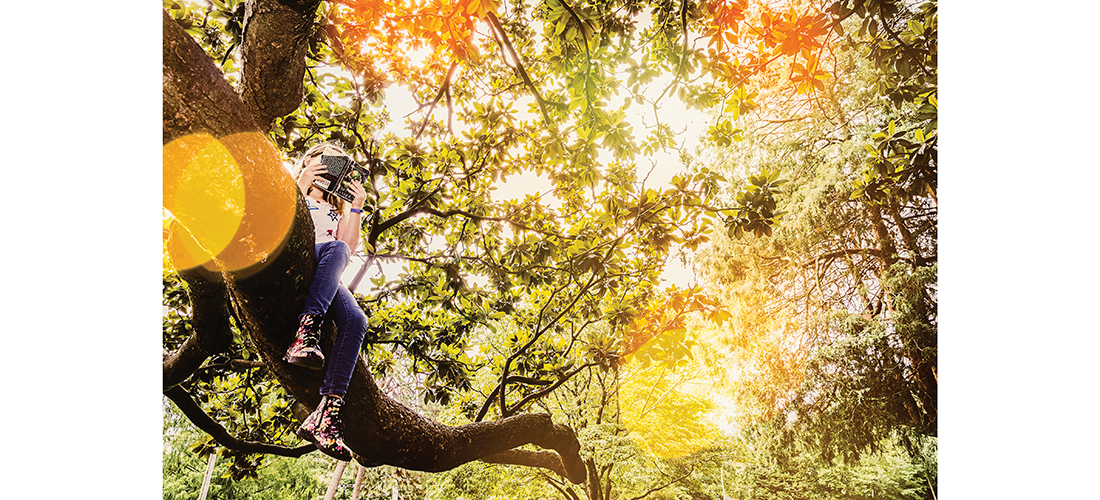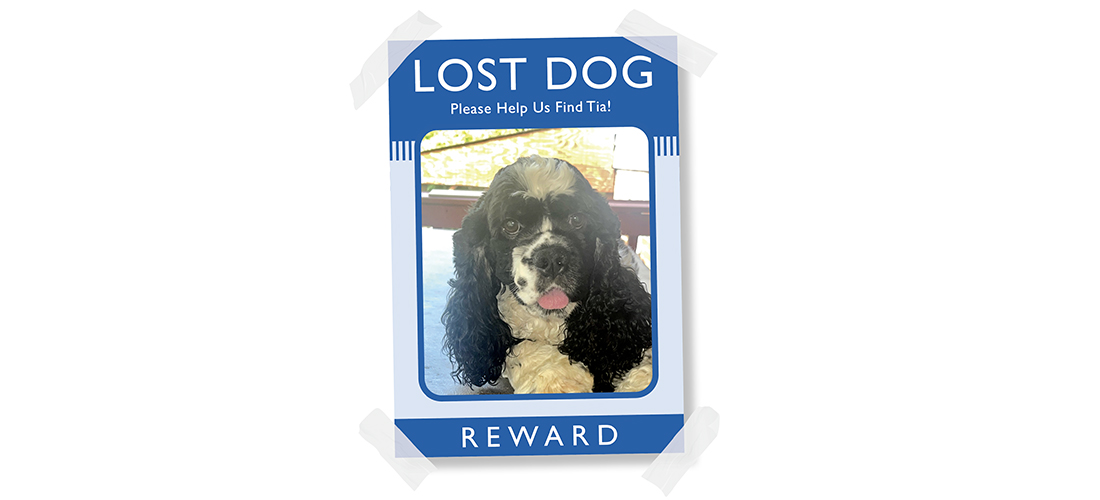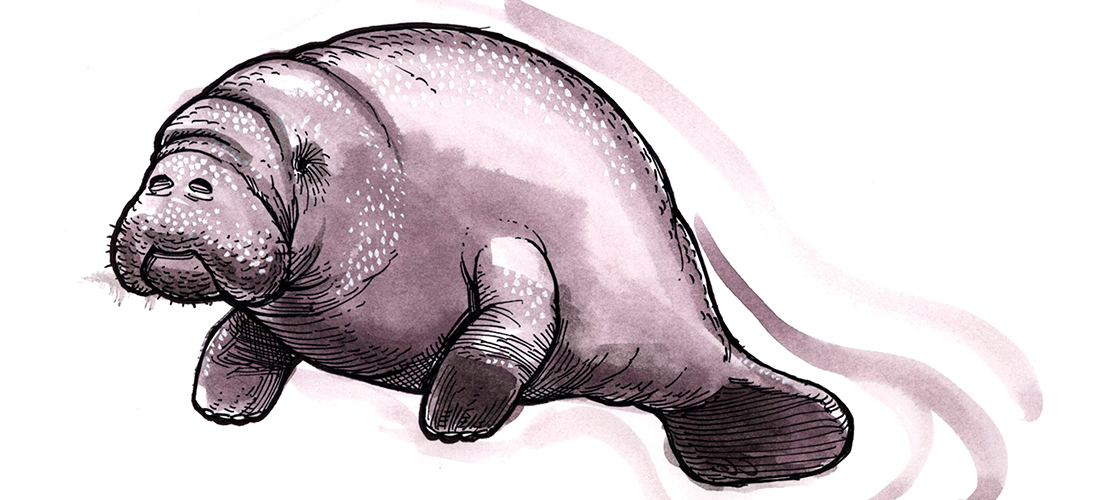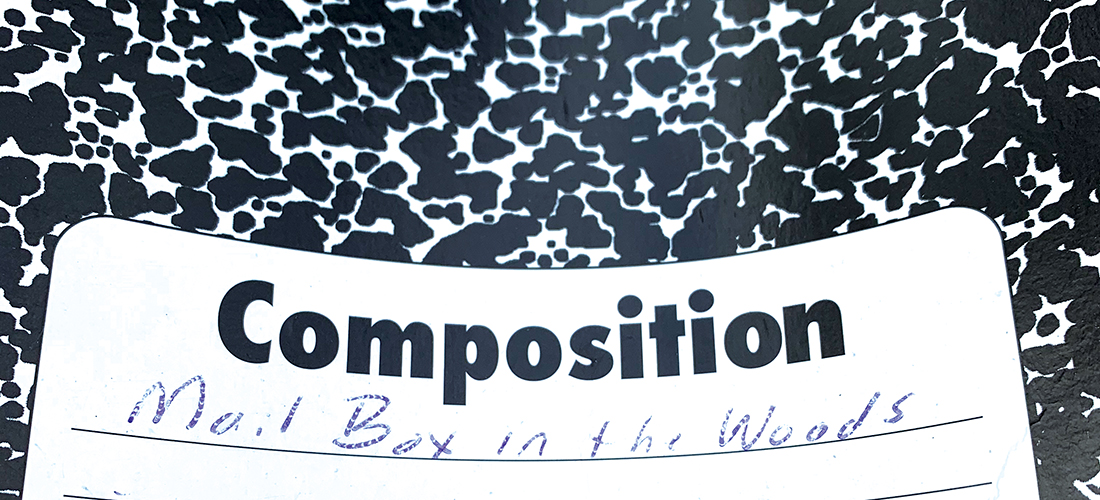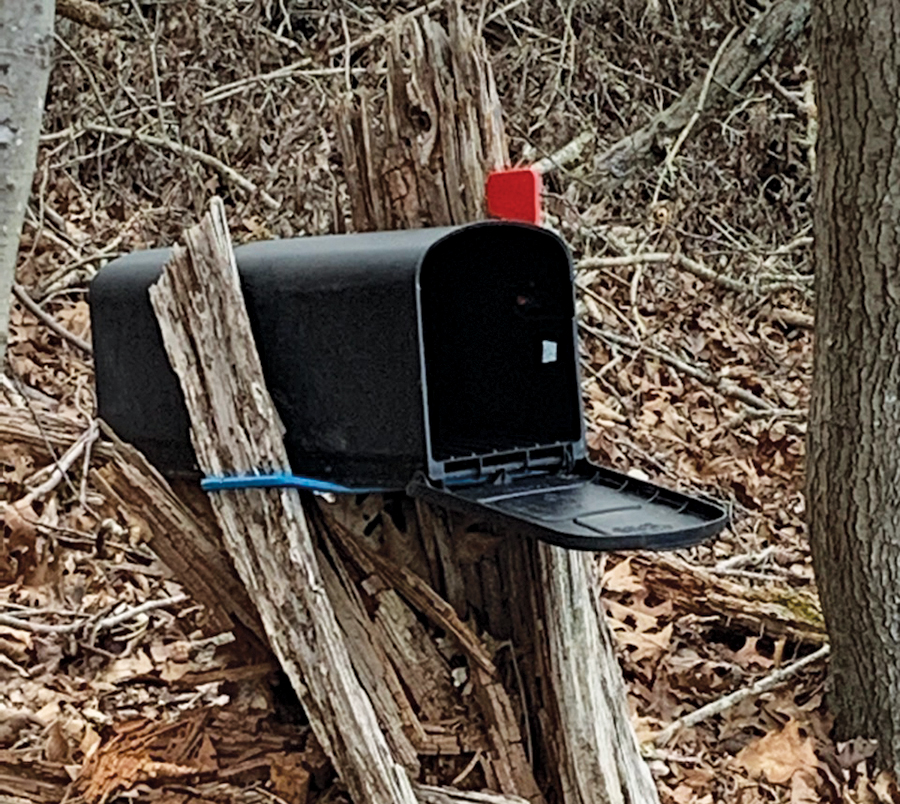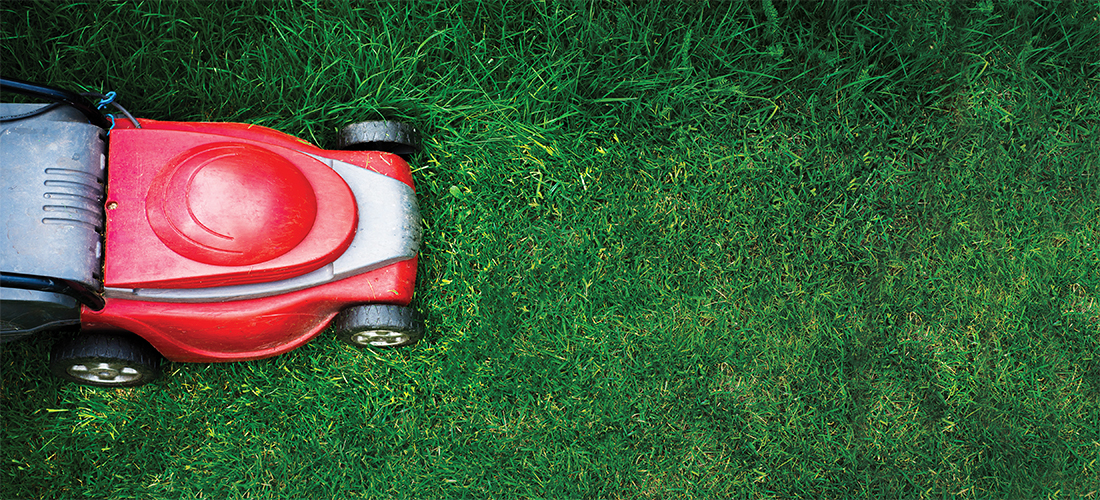Life’s Funny
The Giving Tree
The arms of an old magnolia take a young reader to new heights
By Maria Johnson
When a fellow book lover like Renee Lewis invites you up to see her favorite reading spot, you go.
I confess that I was a little nervous. It had been a while since I’d climbed a tree, so I was relieved when 9-year-old Renee tutored me on the proper way to enter her sanctuary, a glossy old magnolia across the street from her family’s home in Greensboro.
Renee walked to the high side of the tree, which grows on a gentle slope, and grabbed a forked branch just above her head.
“Feel how smooth the bark is?” she asked like a good coach.
I ran a hand over the magnolia’s fine-grained skin, remembering what it was like to be a kid, touch a tree, smell it and realize that it was another living thing — one that could give you shelter and an entirely different perspective if you learned how to feel your way through it. Kind of like a book.
Renee — who was dressed for a cool summer morning in fashionably ripped jeans and T-shirt the color of orange sherbet — knew that already.
She pulled against the forked branch as her gold-and-silver gladiator sandals walked up the trunk. Her pigtails hung free. Then she grabbed another small branch, vaulted herself to a broad arm of the tree, spun around, seated herself and smiled.
She planted one foot against the trunk and dangled the other leg, swinging it for a couple of beats. Then she showed me around the tree, gliding onto neighboring perches, pointing out available seating.
On the ground, her dad, Ben, cautioned her not to go higher.
“This is as high as we usually go,” Renee said, patting a branch above her. “This is the highest one that’ll support us, actually.”
Her meaning was subtle: Higher branches had been tried, out of the view of adults. That’s what leaves are for.
It was my turn. Dressed in my own tree-climbing jeans and sandals, I latched onto Renee’s pull-up bar and shimmied up to a stout branch opposite hers.
We weren’t that high up — our eyes were maybe 6 or 7 feet off the ground — but it felt so different up there.
Sunlight filtered through a filigree of green.
Creamy magnolia blossoms, as big as salad plates, gave off shy notes of sweet and sour.
“Nice,” I said, complimenting Renee on her refuge.
“Mmm, hmm,” she confirmed, her dark eyes shining with confidence. “Yep.”
Below, everything below seemed smaller.
Renee’s mom and dad looked up from an apron of leathery brown leaves spent by the magnolia.
Boys coasted by on their multispeed bicycles. Tick-tick-tick-tick. Somewhere down the street, a lawnmower droned toward the heat of the day.
Closer, a mockingbird moved through its repertoire by whistling, squawking and chirping.
A cardinal sang background — pur-DEE, pur-DEE — and a tortoiseshell cat named Vesper slunk along the curb, thinking we couldn’t see her.
But we could.
Renee, a rising fourth-grader, has been climbing this tree for two or three years. All the neighborhood kids do, if they have permission from their parents. The couple who own the house and yard — Charlie and Ellen Witzke — are empty-nesters who like having children around. When they hired tree trimmers, they made sure the crew left enough low branches so the kids still could hoist themselves into the magnolia.
It’s only for the last few months that Renee has been coming up here to read. Her school, Caldwell Academy, required third graders to read at least 90 minutes a week outside of school.
Usually, Renee zoomed through her quota in the car on the way to and from school. Her parents timed her on their cell phones. But if she was really into a book, she’d get home and say, “I’m going to the tree to read.”
The magnolia is, as Renee likes to say, “the only serene place” she knows — much calmer than home, with her yellow Labrador retriever, Nugget, romping around, and her old sister, Carter, busy being a teenager, and her parents taking remote meetings for work.
Whenever Renee came up here — to a tree not yet populated by after-school kids — her parents could keep an eye on her, and she could have some privacy.
Win-win.
There was another bonus for her mom. Watching Renee beeline to the tree brought back good memories for Jennifer, who used to play in a magnolia at the home of her grandparents, Kitty and Dr. Sam Ravenel, in Greensboro’s leafy Fisher Park.
“Oh my gosh,” Jennifer thought. “That’s just like my brother and me climbing the tree at Pa and Nanny’s.”
The first book that Renee took across the street was Ava and Star, the third book in the Unicorn Academy series by author Julie Sykes. Each book pairs a girl with a unicorn, and together they use their unique powers to benefit Unicorn Island.
Later, Renee climbed up with The Shimmering Stone, part of The Rescue Princesses series by Paula Harrison.
Renee broke her extracurricular reading record that week, logging 200-plus minutes, thanks to the story of Amina, whose mission is to return tiger cubs to their mother.
“I loved it because that’s where I got my information about tigers,” Renee says, explaining that she’s into big cats — tigers, lions, cheetahs, leopards.
Really, Renee says, she loves animals, period.
Maybe that’s why she’s enthralled by her current book — and one of my all-time favorites — Charlotte’s Web, by E.B. White.
Renee thumbs to a dog-eared page of the paperback. Wilbur has just escaped. The other barn animals are egging him on while humans are trying to lure him back with a mixture of “warm milk, potato skins and wheat middlings.”
“Doesn’t sound very appetizing,” Renee’s mom says from below.
“Well, he is a runt, Mom. And milk — he’s a baby,” Renee counters.
Her mother smiles. “That’s true.”
Renee continues. Wilbur has already met Charlotte, the spider and title character.
“She said, ‘Hi,’ and he screamed,” Renee recalls. “I thought that was funny.”
She guesses — partly from the book’s title — that Charlotte is going to have a big impact on Wilbur’s life.
“I think the spider could show something to Wilbur, like bravery or something he hasn’t been through,” she says. “I could see the spider changing the way Wilbur sees things . . . I can see maybe more conflict with Wilbur.”
Renee says she likes to read about how people — and animals — respond to the problems that lie at the heart of every riveting story.
She knows this already.
“It kind of opens up your imagination, when you can relate to a character in some book,” she says.
Then she giggles out the precious truth of a nine-year-old reader.
“I have a very wild imagination.” OH
Maria Johnson is a contributing editor of O.Henry. She reads books and climbs magnolias whenever she gets the chance. Contact her at ohenrymaria@gmail.com.

